The concepts covered in this factsheet go beyond those seen in secondary school. It is intended as a supplement for those who are curious to learn more.
The 19th century in Europe was not only marked by industrialization. Many countries, inspired by the French Revolution of 1789, also experienced a turbulent period in their political life. Even so, it was in France that the revolutionary movements were strongest. On the other hand, several political uprisings took place in Great Britain, Germany, Italy and Greece, for example.
The French Revolution put an end to several centuries of monarchy. However, the political system continued to evolve, following coups d'état, wars and popular uprisings. In 1791, the revolutionaries and the King established a constitutional monarchy inspired by the British system. This constitutional monarchy did not last long, however, as in 1792 the Assembly abolished the monarchy and inaugurated the 1st Republic. A few years later, in 1799, Napoleon overthrew power in a coup d'état and established a new government. He proclaimed himself emperor in 1804, marking the beginning of the 1st Empire, which lasted until 1814. Napoleon made a brief return in 1815.
In 1814, after Napoleon's defeat, France was greatly weakened by the Terror and Napoleon's wars. The monarchy was restored and Louis XVIII, one of Louis XVI's brothers, took power.
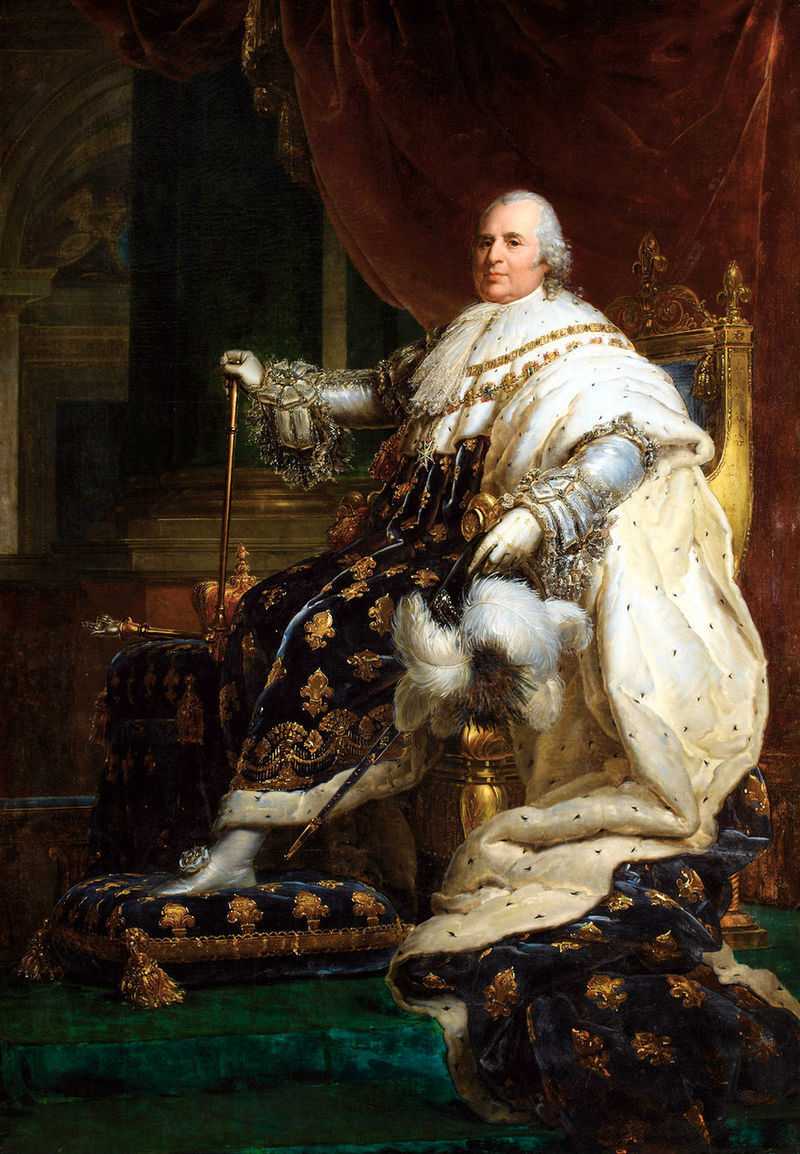
The year 1815 saw Napoleon briefly return to power and, following another defeat, a return to the Restoration. At the time, France's finances were rather low: numerous wars, major architectural works, and so on. What's more, many young people had not survived the many wars due to compulsory conscription. The country was thus deprived of its youth and financial resources.
Louis XVIII began to lead a country that had to be rebuilt. During his reign, he tried to bring together the monarchists, republicans and Bonapartists. He reigned in this way until his death in 1824. On his death, Charles X took power and did not adopt the same aims as his predecessor. He launched a major spending spree aimed at re-establishing the power of the monarchy and the greatness of France.
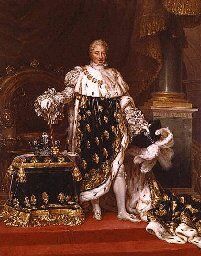
The July Monarchy refers to the constitutional monarchy that was established in France after the Trois Glorieuses (three days of demonstrations at the end of July 1830). The king during this period was Louis-Philippe the 1st. He remained in power until the revolution of February 1848.
The reign of Charles X ended with a period of insurrection. At the end of July 1830, several demonstrators got together to urge Charles X to resign. For three days in a row, on July 27, 28 and 29, numerous demonstrations took place in Paris. In order to avoid bloody events, Charles X preferred to resign. It was at this point that the natural right to succeed the king was annulled and the people became sovereign.
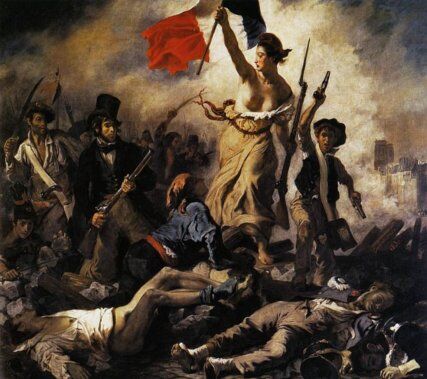
On the other hand, the business bourgeoisie wanted to overthrow the new monarchy, but feared the establishment of a republican regime. It was this bourgeoisie that chose to hand over power to the Duke of Orléans. Louis-Philippe 1st was given the title of King of France. He led the country in accordance with the new constitutional charter. The beginning of his reign was marked by a period of peace and prosperity. Louis-Philippe enjoyed a good reputation.
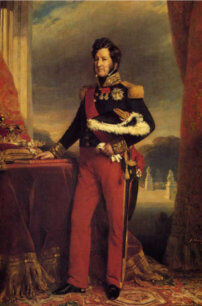
However, from 1840 onwards, the regime became stricter. It was at this time that industrial development in France created a new social class: the miserable working class. Industrial development created tensions that led to popular uprisings.
Tension mounted among the workers, leading to further popular riots in February 1848. On 22 February, students and workers demonstrated in the streets of Paris. The next day, the National Guard and the petty bourgeoisie rallied to their cause. On the evening of Februar 23, the demonstration degenerated: a shot was fired and the soldiers returned fire. The result: around twenty deaths.
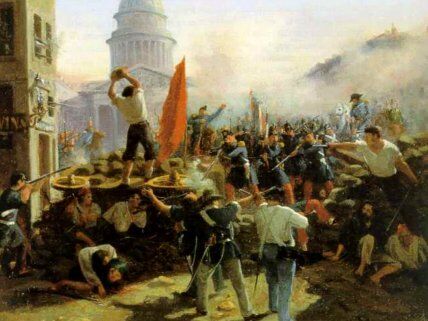
After these events, several barricades were set up in the city. Louis-Philippe refused to send the army to Paris, so he abdicated and quickly left the capital. Meanwhile, a small group of Republicans stormed the Town Hall. During the night of February 24, this group proclaimed the start of the Second Republic. The Republicans tried in vain to revive the great ideals of the 1789 Revolution. The population was more preoccupied with the social demands of industrialization than with the great philosophical ideals.
In the summer of 1848, there were several more riots: workers took to the streets and set up new barricades, while soldiers tried to put an end to the uprisings. In the 1848 elections, Louis-Napoléon Bonaparte was elected unopposed.
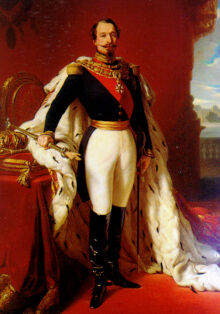
During his term of office, the government established the number of hours in a working day and set up stable institutions. The most important decision taken during the Second Republic was undoubtedly the introduction of universal suffrage.
The Second Empire (1852-1870)
Louis-Napoléon Bonaparte was a very popular president. However, under the constitution, a president was not allowed to serve a second term in office. Louis-Napoléon Bonaparte tried to persuade the Assembly to amend the constitution, but they did not agree. It was after this refusal that the President began to prepare a coup d'état that would allow him to retain power. On the night of 1st to 2nd December 1851, the coup d'état began. In the morning, all Parisians could read a text hung up all over the capital. The text officially announced the dissolution of the Assembly. To accompany the coup, Louis-Napoléon Bonaparte had all his enemies arrested.
Bonaparte's supporters and detractors quickly organised themselves. The Republicans set up new barricades. Popular uprisings were quickly brought under control in Paris, while the movement spread throughout France. Louis-Napoléon Bonaparte had succeeded in bringing order back to the capital. On December 20, the people accepted the new order instituted by the former president. Louis-Napoléon Bonaparte could then draft his new constitution. This was the beginning of the Second Empire.
Napoleon III established a dictatorial regime at the beginning of his reign, controlling freedom of expression above all. Slowly, the emperor changed his regime to one that was freer and closer to a parliamentary system. It was still the emperor who controlled both political and social life. Napoleon III had to manage the more rapid development of industrialization. It was he who signed a free trade agreement with the United Kingdom, who granted workers the right to strike and who revived public education. It was also Napoleon III who commissioned Haussmann to embellish Paris. However, the end of his reign was marked by a crushing defeat by the Germans.
The Third Republic (1870-1940)
During the Franco-Prussian war, Napoleon III was taken prisoner. When Parisians learned of his capture, they immediately proclaimed the start of the Third Republic on September 4 1870.
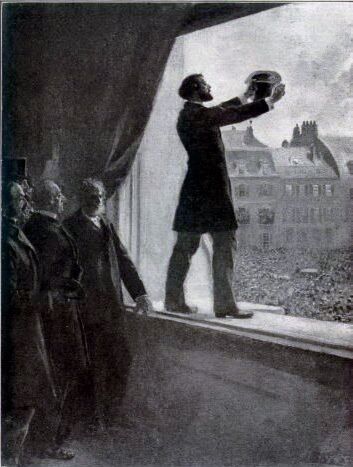
At the Town Hall, the deputies set about forming a new republican government. However, France was still at war with the Prussians, so the situation became rather difficult as the Prussians invaded Paris and proclaimed the German Empire in the Château de Versailles. The French signed the armistice on January 28,1871. At the beginning of February, new elections were held: this time the assembly was made up of a majority of monarchists. The elected deputies did not know who to offer the post of head of government to: the grandson of Louis-Philippe 1st, the grandson of Charles X or Napoleon III. In the end, power was given to Adolphe Thiers.
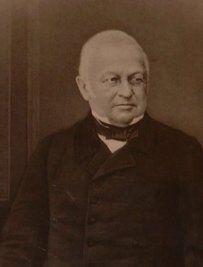
This change of political organization in France marked the end of the great upheavals of 19th century France, since the Third Republic lasted until 1940.
The 19th century saw the beginnings of political movements aimed at unifying the Italian peninsula. Initially inspired by the united Italy of Roman Antiquity, intellectuals sought unification for economic and cultural reasons. Political ambitions only emerged later in the century. It was this drive towards Italian unification that became known as the Risorgimento.
The Influence of the French Revolution
The ideals of the French revolutionaries spread throughout Europe, including Italy. Seeing the social advances made by the bourgeoisie in France, Italy's bourgeoisie also wanted greater participation in the country's political and economic life. Little by little, the Italian peninsula changed, encouraging the rise of the bourgeoisie at the same time.
The First Revolutionary Movements
Unification aspirations took a political turn around 1820. It was at this time that demonstrators demanded a new constitution for Italy. Declaring their opposition to the Restoration that was taking place in France, these revolutionaries were still inspired by the ideas of the 1789 revolution. However, all these movements were easily curbed by the authorities and the Pope. It should also be pointed out that the revolutionaries were not supported by the people, which made repression easier.
In 1830, many revolutionaries were living in exile. Some had left for France or Great Britain. These intellectuals took advantage of their exile to integrate the new models, particularly the French model, following the revolts of 1830. On their return to Italy, these intellectuals set themselves new objectives, one of which was to educate the people in order to integrate them into future revolutionary action.
Opposition between Radical and Moderate Movements
At that time, the groups in favour of Italian unification were divided into two categories: the more radical revolutionaries and the more moderate intellectuals. The radicals were prepared to fight for Italian unity. To achieve this, they wanted to teach the revolution to the people and found Italian unity through the people. Their main aim was to found the Italian nation into a united and indivisible republic. All the radicalists' attempts led to numerous failures and executions.
The more moderate intellectuals, on the other hand, proposed solutions more suited to the Italian reality, rather than adopting the ideas of other European countries as they stood. The moderates therefore wanted to set up a confederation presided over by the Pope, ruling out the revolutionary solution.
The Revolt of 1848
As both movements emerged in society, it was the revolutionary solution that was put forward. In 1848, the radicals once again tried to achieve what they wanted through revolution. However, the movement lacked coordination and was quickly stopped by the Austrians.
Towards Unification
The attempted revolution of 1848 had considerably slowed down the movement of moderate intellectuals. However, after 1848, Italy was able to take advantage of the development of the new capitalist class and the peace treaty with Austria to build a new face for the country. The Kingdom of Italy was officially founded in 1861, giving the Italians a completely new constitution. Italy was unified in 1870 and Rome has been its capital since 1871.
Although the revolutionary movements were strongest in France and Italy, we should not overlook the movements that took place elsewhere in Europe.
The Spring of the Peoples (1848-1849)
Several European monarchs were inspired by the 1848 revolts in France to concede constitutions to their populations. In Hungary and Austria, there was the creation of an autonomous ministry, recognition of equal rights, freedom of the press and a constitution. Universal suffrage was also introduced to elect the constituent assembly.
In Germany, despite the inauguration of the German Confederation in 1815, the desire to leave more room for freedom and unity was still very strong. In March 1848, groups inspired by the 1830 Revolution in France launched revolutionary movements. German unity, on the other hand, was harder to define because Germany was made up of several different peoples. What's more, the king refused to give up his title. Nevertheless, Germany adopted a constitution and created a constituent assembly.